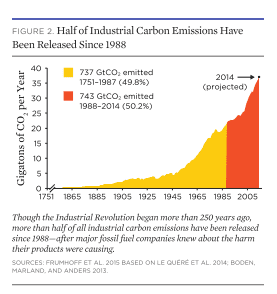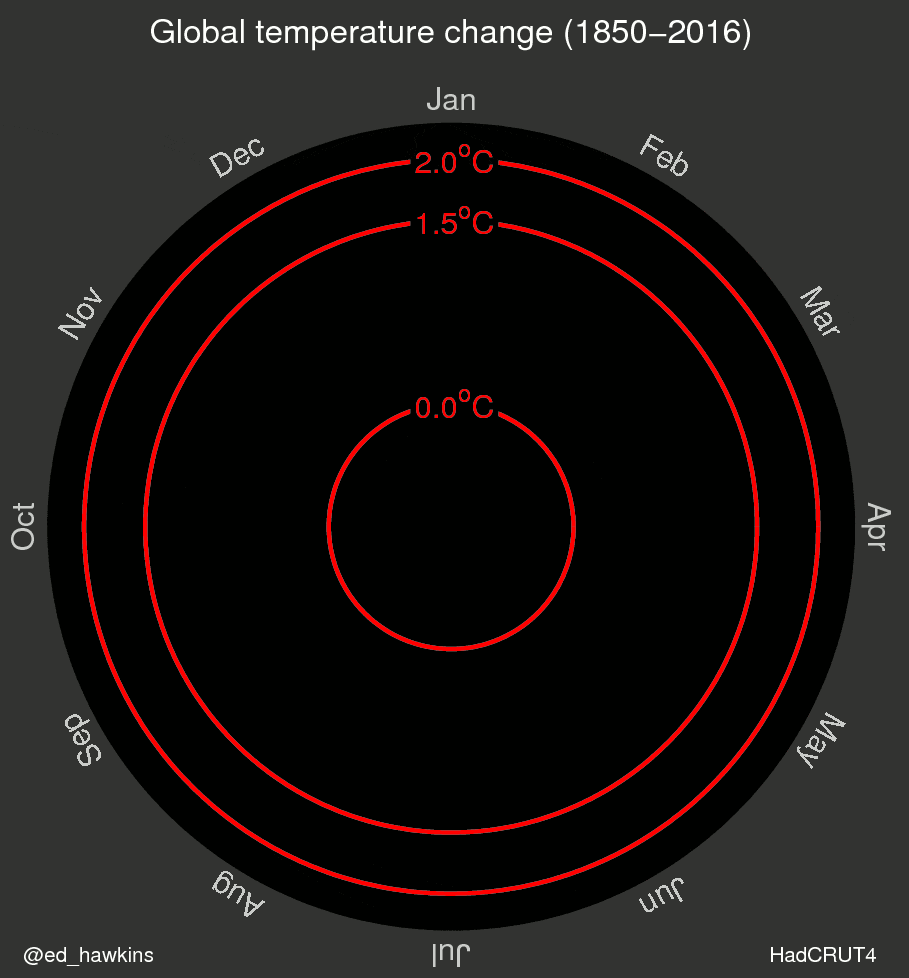Oil and Climate Change
We are already living with the impacts of climate change. Record-setting heat waves, devastating fires, hurricanes dumping unprecedented amounts of water – these events have become painfully common – and all of these impacts have occurred in a world that has warmed just by 1 degree Celsius.
The best climate science tells us that to keep global average temperature rise to below 1.5 degrees Celsius (agreed upon by the UN as a ‘safe’ limit), we have 10 years to reduce global greenhouse gas emissions by half. Our carbon budget – the amount of carbon dioxide and other greenhouse gases we can emit to keep below that temperature – is quickly closing. The International Energy Agency (IEA) found that current fossil fuel infrastructure would eat up that carbon budget – in other words, to stay below 1.5 degrees Celsius, we cannot build any new fossil fuel infrastructure. Given the facts, we must ask ourselves, why is Santa Barbara even considering permitting 750 new wells that would massively increase fossil fuel-driven emissions in the county?

Young people are living in an era where we have inherited the immensely consequential choices of our parents’ generation – over half of all greenhouse gas emissions were emitted after 1980. Moreover, ⅔ of all those emissions can be tied to just 90 large oil, gas, and cement companies. We are now left with a series of choices which will determine whether we leave habitable world for our children. These are sobering decisions, and yet are not necessarily hard ones if we think about the kind of future we want to inhabit. We all know that we need to transition away from fossil fuels and towards an economy that prioritizes people and planet over Big Oil’s profits.
Our community has felt the urgency of making this transition very recently. The wildfire that devastated Santa Barbara a year ago was driven by unseasonably hot temperatures, dry fuel, and strong winds. Flooding and mudslides followed, caused by extreme rainfall. This is not normal – this is climate change. But this will be the new normal, and we can expect to see more of these events in the future. Communities around the world already are facing climate impacts – from rising seas to wildfires to crop-killing droughts to hurricanes – and the people with the least responsibility for climate change, those who tend to be most marginalized already by our political and economic systems, are generally hit worst by these impacts. As communities around the world work to become more resilient, the last thing they need – the last thing they deserve – is the promise of even more climate disruption. Our choices today are what will determine that future.
This needs to be the end of the fossil fuel era, and the beginning of the renewable era. Climate action must involved reducing production as well as consumption. Turns out, there are few better places to start than in Santa Barbara County.
Watch how much the world has warmed between 1850-2016 (click the image to begin):

Watch how much the earth has warmed from 1850-2016.